#EV
Electric Ford Transit Connect Struck By Killer Depreciation
Did GM Greenlight the EN-V?
Don’t freak out about 3D. To use YouTube’s 3D player, start the video, then pause and click on the “3D” icon that will appear in the menu bar. You can either turn off 3D and watch in 2D/mono or select from a variety of 3D formats. Video courtesy of Cars In Depth
Either it’s the blogosphere’s version of playing telephone, or General Motors has committed itself to producing the Segway based two passenger networkable EV pod that GM calls EN-V. The EN-V is seen as a solution to driving congestion and safety in densely populated urban areas. It can be driven or can operate autonomously, in network with other EN-Vs, with electronic nannies preventing accidents and protecting pedestrians. GM’s been giving the three EN-Vs that it’s made so far a workout, visiting expos, car shows and engineering conventions, giving out test rides. But does GM actually have any firm plans to build the thing? It depends on who you ask…
EV Racing: Saved By Scalextric?
Between Nissan’s Leaf racer and a new EV-only racing cup, electric auto racing has been coming along in recent months, although significant challenges remain. For one thing, batteries are still extremely heavy, and for another, they take a long time to recharge. Finally, thermal management issues conspire with both of these battery challenges to force EV races to be quite short. And in search of a solution, one team that’s entered into the EV Cup is looking to the original EV racers for inspiration: slot cars. Rather than getting hot and heavy with big batteries, figures Drayson Racing Technologies, why not charge the car as it’s racing at speeds upwards of 200 MPH? Luckily HaloIPT has come aboard the project, bringing its eponymous wireless Inductive Power Transfer technology to bear in order to create life-sized, wireless, slot-free slot cars.
The Truth About Green Patents
Research into environmentally sensitive ways of running a car, AKA “green patents” have been in the news lately and it’s been good news for GM’s image. The Detroit automakers in general are not seen as technology leaders, particularly in terms of alternative energy. Bob Lutz saw the Chevy Volt as a way of changing that perception, taking away some green luster from Toyota. Since there is usually considerable time between a patent’s filing and its granting, patents granted in the last 2 or 3 years are a good reflection of what a company has been doing for the past 4 or 5 years, and there’s evidence that Lutz’s strategy was not just a PR job but also a reflection of a very large amount of research and development at the automaker. Cleantech Group, of the Heslin Rothenberg Farley & Mesiti intellectual property law firm, publishes the Clean Energy Patent Growth Index. The CEPGI tracks the granting of U.S. patents for solar, wind, hybrid/electric vehicles, fuel cells, hydroelectric, tidal/wave, geothermal, biomass/biofuels and other clean renewable energy. The law firm publishes the CEPGI quarterly and then tabulates the annual results.
How Can A Small Hatch And Supercar Share Design?
BMW’s forthcoming “i” series of high-efficiency vehicles will launch as a two-vehicle brand, spanning the gap between high-end hybrid supercar (i8) and small, premium, rear-drive electric hatchback (i3). So, how can BMW style two such divergent vehicles in such a way that both fit into the same brand? That’s the subject of this video, which previews some of the design cues that mark these cars as BMWs, but also as “i-cars.” And if you’ve forgotten what an “i car” is (something BMW doesn’t want anymore than people forgetting what an “M Car” is), hit the jump for a brief video refresher…
California Cuts Green Car Incentive In Half
California has backed up its strict emissions standards for years now with a $5,000 tax credit for electric, hybrid and fuel cell vehicles, which when combined with a $7,000 federal tax credit can often make those vehicles nearly as affordable as “regular” cars. But, reports Automotive News [sub], that state credit has fallen victim to California’s budget woes and oversubscription, and has been cut in half from $5,000 to $2,500. According to the report:
high demand exhausted the program’s funding last month. The Los Angeles Times reported Thursday that about 500 consumers who bought electric cars such as the Nissan Leaf or Tesla Roadster are on a waiting list and will collect the $2,500 rebate.
To deal with growing demand, the pool of money to fund the rebates was increased to between $15 million and $21 million for CARB’s current fiscal year ending June 30, 2012, according to CARB’s announcement. A total of $11.1 million was allocated in the program’s first two years, according to CARB spokeswoman Mary Fricke.
The increased cash pool and lowered rebate amount are aimed at making the incentive available to more consumers, according to CARB’s Web site. The changes are projected to fund about 6,000 rebates for consumers who apply for the program on a first-come basis, Fricke said.
Now California “green car” intenders not only get a reduced tax credit, but they also don’t get free access to the HOV lane anymore. It’s almost as if California wants “green” vehicles to succeed or fail on their own terms…
"Super Credits": The CAFE Loophole That Might Have Been (And Could Be Again)
The Michigan Congressional delegation’s letter, stating that the Detroit-based automakers are not technologically capable of serving the market while complying with a proposed 2025 CAFE standard seemed strange to me in light of the recent progress made by Ford and GM on fuel economy. Why, I wondered, would these firms boast of their fuel econmy efforts on the one hand while allowing their congressional representatives to portray them as unable to build a CAFE-compliant fleet on the other. Why, I wondered, don’t Ford and GM come out and angrily insist that they can build the most fuel efficient cars in the world? My guess: because they know that they can probably wheedle a loophole out of the feds if they keep pleading inability. Yes, everyone knows they can comply with CAFE… but even the UAW knows that when the government asks you to do something, you ask for something back. Which in turn made me wonder: what might the OEMs want? And, turning to the 2012-2016 CAFE Final Rule [go on, give it a read in PDF format here], I found a glaring loophole that all the manufacturers seemed to want, but which the feds turned down. I have no evidence that this is back on the table for 2017-2025, but I thought I’d put it out there to give a sense of what the OEMs may be pushing for by pleading inability to comply with the proposed 2025 standard.
What's Wrong With This Picture: The Urban Electric Delivery Van Edition
Fisker: With An EV Transmission, All Things Are Possible
Toyota To Pay Tesla $100m For 2012-2014 Electric RAV4
Pre-Production Review: Volkswagen Golf Blue-e-motion
As I noted in an earlier piece on the macro-level issues with EVs, it’s dangerously misleading to assume that electric cars can simply replace internal combustion-engine vehicles without a basic re-think of nearly every way in which we relate to our cars. That’s true in terms of consumer-end issues like refueling grid impacts and “range anxiety” but it’s also true in terms of manufacturer-end issues like development and differentiation. It’s even true for the auto media.
One of the giant re-thinks spawned by EV development is in how manufacturers make their vehicles reflect their brand values and stand out in the marketplace, as the electric motor in (say) a Ferrari EV wouldn’t be as fundamentally different as an electric motor in (say) a Kia. This, in turn, makes reviewing EVs extremely difficult, as they all display similar power attributes, weight challenges, single-speed transmissions and battery ranges. So when you are asked to drive a pre-production EV from a major manufacturer, the major question in the mind of the conscientious reporter is the same as the question that drove the vehicle’s development: how is this vehicle different than any other EV? In the case of the Golf blue-e-motion, the answer to that question reflects the challenges of developing a major-market electric vehicle.
Nissan Bumps Leaf Prices By $2,420
My, what a busy morning it’s been for EV news! Now Nissan is jumping into the fray by bumping the price of its 2012 Leaf EV by $2,420, reports Automotive News [sub]. But don’t worry, you’re getting something for that extra money…
Compared to 2011 model year’s $33,630 base price, including delivery, the 2012 model will begin at $36,050. The car’s upper-grade SL model will sell for $38,100, an increase of $3,530 over 2011.
Brian Carolin, Nissan North America Inc. senior vice president of sales, was to tell an electric-vehicle industry audience in Raleigh N.C., this morning that the 2012 model will contain two new standard features, according to his prepared remarks.
One is a cold-weather package that includes heated seats and steering wheel and a battery warmer. The other, available on the car’s more expensive SL model, is a standard quick-charge port that allows the vehicle to be recharged up to 80 percent of capacity in under 30 minutes.
So, just as Toyota goes public with its fears about the ChaDeMo DC rapid charge protocol, Nissan doubles down on the standard by offering compatibility on the higher trim level (incidentally, Nissan says that 93% of sales are of the upmarket SL trim, and “most” customers opt for the optional ChaDeMo DC charging compatibility). As if raising prices by over two grand after less than a year of sales weren’t risky enough, Nissan is also gambling that ChaDeMo will win out when the SAE rules on a DC fast-charging protocol for the US market. At this point, it almost seems as if the charger compatibility issue might be more of a risk than tthe price…
UAW Backs "Strong" Emissions Standards After All… For A Price
Last week I wondered aloud about where the UAW stands on fuel economy, inspired by the union’s apparent flip-flopping between supporting the companies that employ its workers and backing its environmental allies on the left with talk of its commitment to green jobs. And after expressing concern about proposed CAFE increases, it seems the UAW is flopping back towards the environmentalist side of the equation, joining the so-called “Blue-Green Coalition” of labor leaders and environmental groups in expressing its vague support for “strong” emissions standards in a letter to President Obama [ PDF]. But with CAFE negotiations coming down to within 5 MPG or so of a final “number” for the 2052 standard, the letter’s lack of commitment means it’s still not clear where the UAW comes down in the policy debate. So instead of highlighting the union’s commitment to the environment, the letter ends up serving as a window into the UAW’s cynical, yet self-deluding side.
Toyota To Offer A Different Kind Of Plug-In
Toyota may not be making pure EVs widely available next year as some outlets are reporting, but it will start offering a different kind of plug-in car in 2012. We’ve already heard about Toyota’s experiments with a bi-directional charger that could serve as a backup power source for your home in an emergency, but Toyota is taking the car-as-powerplant theme a bit farther next year, as Automotive News [sub] reports
Next year, will start offering AC electric outlets as an option on its popular Prius hybrid so drivers can plug in household appliances — from computers to refrigerators.
The idea was born from watching victims of Japan’s March 11 earthquake using the Toyota Estima hybrid van as a source of emergency electricity when the power was knocked out.
It is the only Toyota model currently offering a standard AC outlet.
But Toyota wants to add them to the Prius next year and eventually across the hybrid lineup. One hitch: It will be offered only in Japan initially. Concerns about different voltages and safety regulations are keeping the technology off export models at least at the start.
Toyota may be only offering the system in Japan at first, but this step offers a fascinating insight: clearly Toyota believes consumers would rather take electricity out of their cars than put it back in. It’s a new interpretation of the plug-in concept and one that, as a blogger who’s always looking for on-the-go laptop power, I can certainly appreciate.
Toyota IQ EV Won't Be Offered For Private Sale. Public Charging Chaos To Blame?
UPDATE: Toyota confirms:
Recent reports have incorrectly stated that the 2012 RAV4 EV will only be marketed to fleet and car sharing programs. We’d like to set the record straight. The 2012 RAV4 EV will definitely be sold to the general public. We anticipate robust public interest in the RAV4 EV and are keen to inform consumers that their future vehicle options include a battery electric Toyota.
Toyota is the only manufacturer bringing two battery electric vehicles to the market in 2012 – the RAV4 EV and the Scion iQ EV. While the RAV4 EV will be available to the public, the Scion iQ EV will be marketed to fleet and car sharing programs only.
A number of major auto outlets got clowned yesterday when a Pike Research blog item seemed to quote Toyota Business Planning Manager of Advanced Vehicle Marketing Geri Yoza as saying the Tesla-developed RAV4 EV would not be sold to private customers, but would distributed to fleets and car sharing services. Not so, it turns out, as Toyota has corrected the Yoza quote by confirming that only the electric version of the iQ city car will definitely not be offered for public sale. But by the time Pike Research got its facts straight, the misinformation had ben regurgitated by the biggest names in car blogging, and had even made its way over to the other side of the Atlantic. The worst part: the real issue brought up in the Pike Research piece was largely lost in the autoblogosphere’s rush to prove Mark Twain’s adage that “a lie can travel halfway around the world while the truth is putting on its shoes.” And, as usual, the slow-dressing truth is a lot more interesting than the globe-trotting lie…



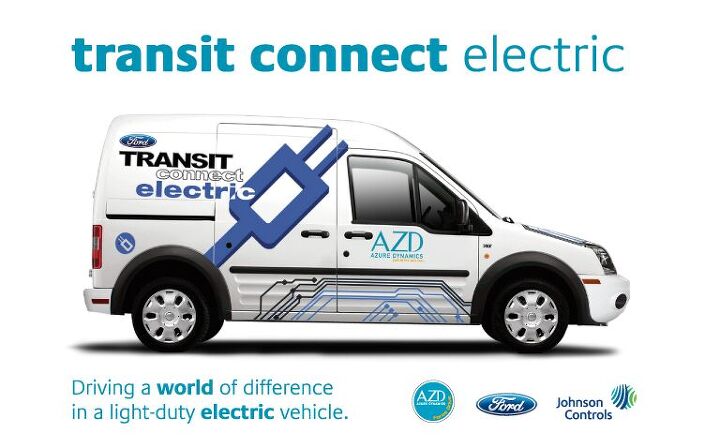


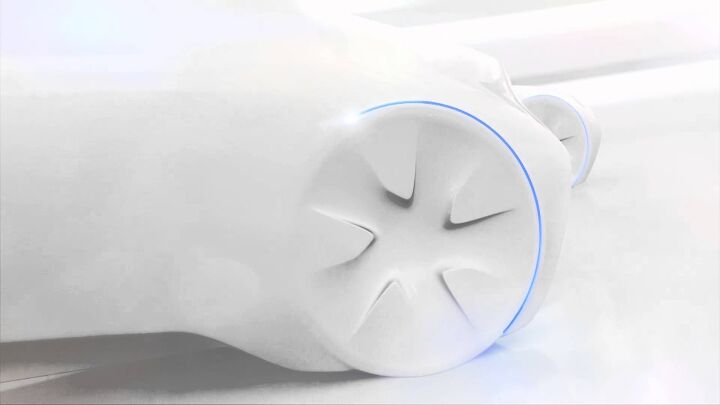
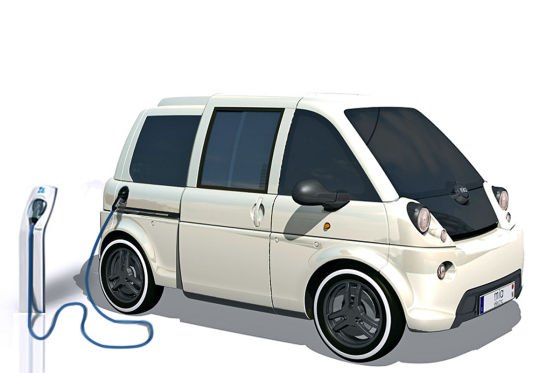

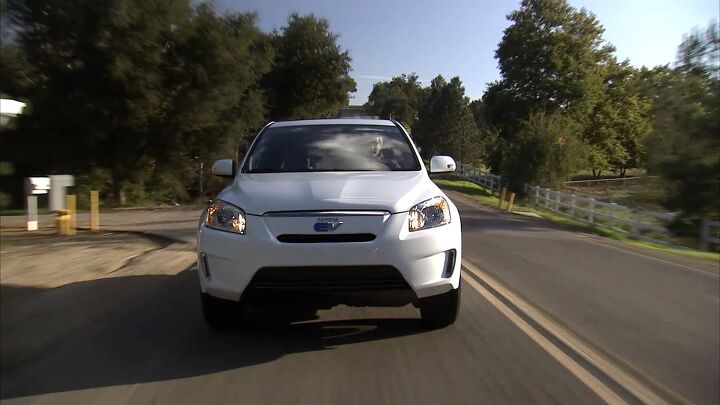
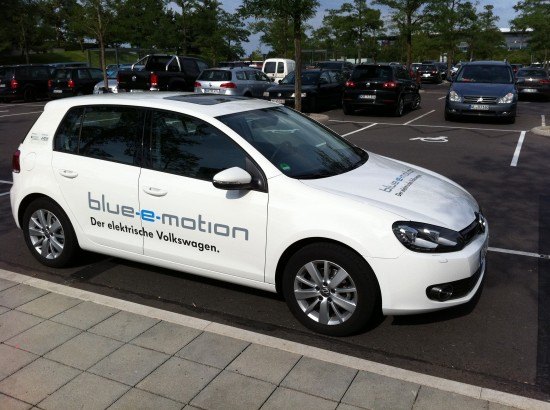












Recent Comments